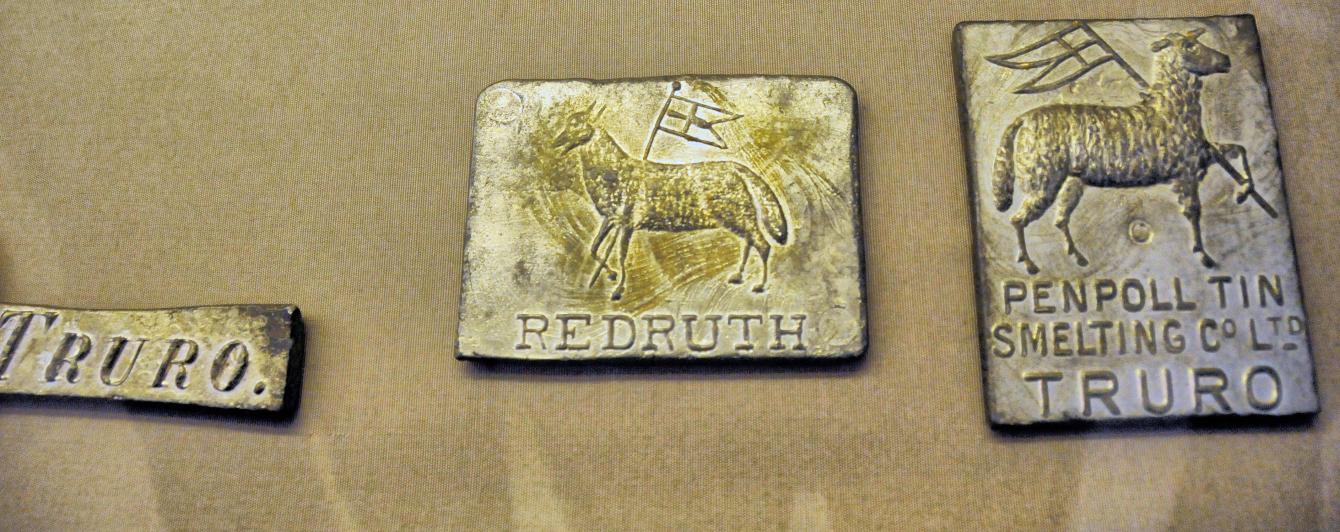The Metal

Pewter is an alloy composed primarily of tin with varying quantities of hardening agents such as antimony, bismuth, copper and lead. It was used in the ancient world by the Egyptians, Romans and other civilisations and came into extensive use in Europe in mediaeval times. Tin was alloyed with copper and bismuth and the resulting metal, although now much harder than pure tin, still possessed a low enough melting point to make it easy for casting.
Later, the ordinances of The Worshipful Company of Pewterers laid down the composition of the pewter alloy, originally in two grades of fine and lay metal.
- Fine was used for sadware – plates, chargers, etc. – and for spoons and ecclesiastical flagons whilst lay metal was used for hollow-ware – pots and measures.
- Lay metal contained a higher proportion of lead which was used as a low cost bulking agent and help durability.
Little pewter from this early period survives since damaged and worn vessels were simply melted down and recycled.
In the 17th century, a new alloy already in use in Continental Europe gradually appeared in Britain. This contained antimony to strengthen the alloy which became known as 'Hard Metal’ and was used for all manner of vessels and utensils.
This was the ‘golden age’ of pewter making and many fine examples of the craft can still be seen.
Towards the end of the 18th century, the Vickers Company in Sheffield developed an alloy containing tin, antimony and copper, but no lead, which could be rolled, spun and pressed allowing for industrial mass production of items which had only hitherto been cast. This alloy became known as Britannia Metal.
Pewter is currently undergoing a renaissance with many items for decorative rather than utilitarian purposes being produced in Europe, America and the Far East.
